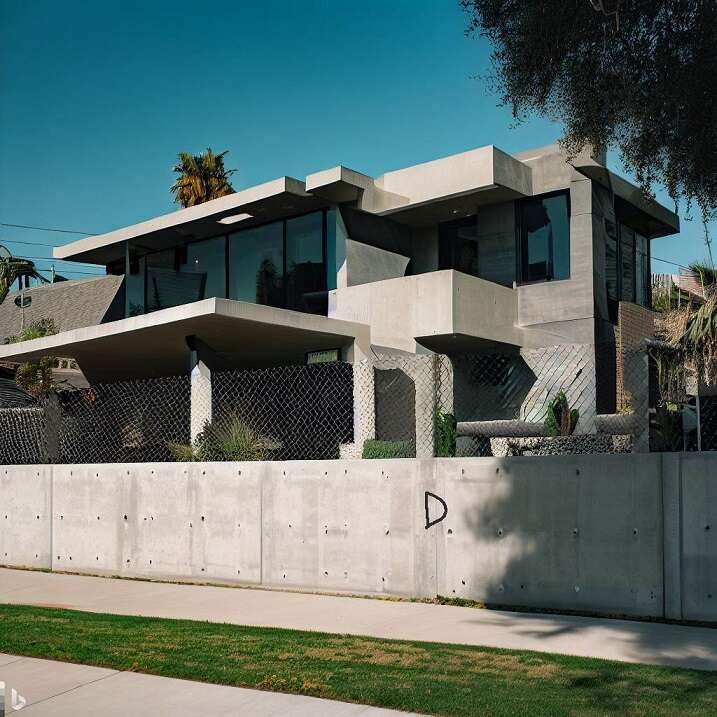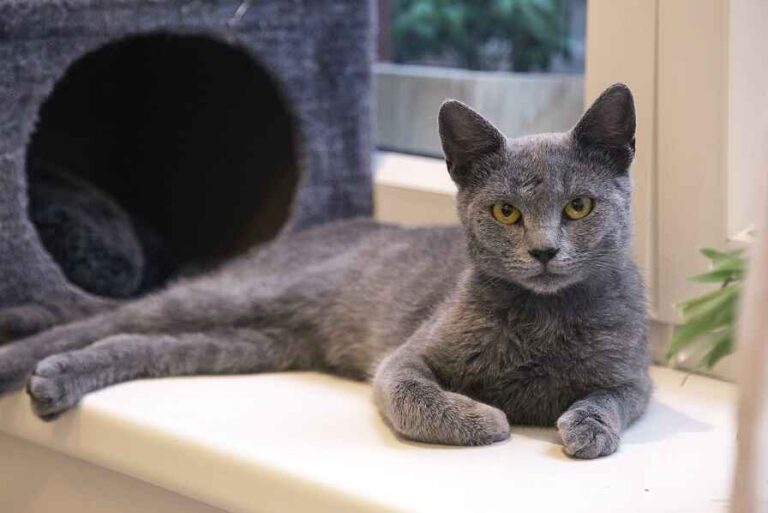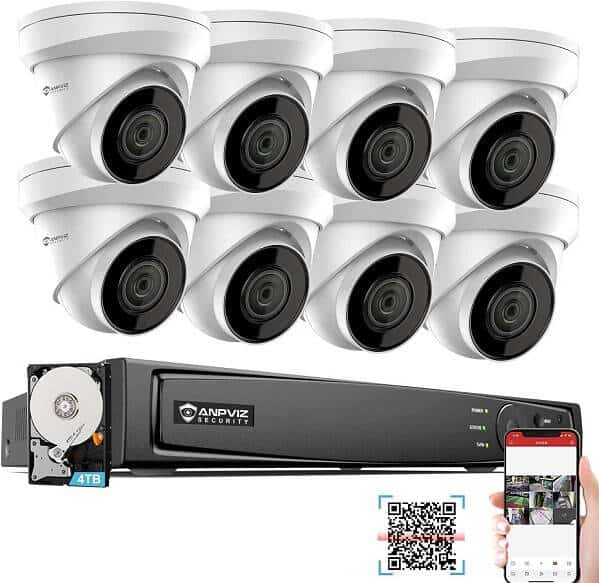Home Weather Station Data Analysis
Before diving into the world of weather data analysis, it’s crucial to understand the basics of your home weather station. These devices are designed to collect various meteorological data, including temperature, humidity, wind speed, and barometric pressure.
Most weather stations consist of several key components, such as sensors, a display unit, and often a connection to the internet for remote monitoring.

Setting Up Your Weather Station
Proper placement and positioning of your weather station are vital for accurate data collection. Ensure that the sensors are well-shielded from direct sunlight and other sources of interference. Additionally, connect your weather station to the appropriate data sources, whether it’s through Wi-Fi or a dedicated weather data receiver.
Data Collection
Your home weather station continuously collects data, providing you with a treasure trove of information about your local climate. It’s essential to know the types of data it gathers and how frequently it updates this information.
Temperature Trends
One of the primary data points your weather station tracks is temperature. Understanding daily fluctuations and seasonal patterns can help you plan outdoor activities and make informed decisions about heating and cooling your home.
Humidity Levels
Relative humidity is a critical factor in assessing comfort and understanding weather patterns. We’ll explore the importance of humidity and how it affects your daily life.
Barometric Pressure Changes
Barometric pressure can signal impending weather changes. Learn how to interpret these pressure fluctuations to predict rain, clear skies, and even severe weather events.
Data Analysis Tools
Discover various tools and software options available for analyzing your weather data. We’ll also explore do-it-yourself analysis techniques for those who prefer a more hands-on approach.
Interpreting Weather Data
Once you’ve collected data, the next step is interpreting it effectively. We’ll guide you through identifying trends and making predictions based on your weather station’s information.
Utilizing Historical Data
Your home weather station also stores historical data. Find out how you can use this data to track long-term climate changes and even enhance your weather forecasting skills.
Troubleshooting
Like any technology, weather stations can encounter issues. We’ll address common problems and provide maintenance tips to keep your station running smoothly.
Safety Considerations
Stay safe while monitoring the weather, especially during thunderstorms and lightning. Learn how to protect your weather station and yourself in adverse weather conditions.
Sharing Your Weather Data
Consider becoming part of a larger weather data community by sharing your information with others. We’ll discuss community networks and citizen science projects that benefit from your data contributions.
Benefits of Weather Data Analysis
Finally, we’ll wrap up by highlighting the personal insights you can gain from weather data analysis and how your contributions can impact climate studies on a larger scale.
Conclusion
By the end of this journey through weather data analysis, you’ll be equipped to harness the full potential of your home weather station. Weather data is not just numbers; it’s a powerful tool for understanding and predicting the world around you.
Frequently Asked Questions
What is the ideal placement for a home weather station?
The ideal placement is in an open area, away from buildings, trees, and other obstructions, to ensure accurate readings.
How often should I calibrate my weather station?
Calibration frequency depends on the manufacturer’s recommendations, but annually is a good rule of thumb.
Can I use my weather station to predict severe weather events?
While not foolproof, some weather stations can help predict severe weather events by monitoring pressure drops and wind patterns.
Are there any smartphone apps for weather data analysis?
Yes, several apps are available for both iOS and Android devices that allow you to analyze your weather station’s data remotely.
How can I join a weather data sharing community?
Many online platforms and forums exist where you can share your weather data and collaborate with other weather enthusiasts. Joining these communities is a great way to contribute to broader weather research efforts.
Disclaimer
Certain content that appears on this site comes from Amazon. As an Amazon Associate we earn from qualifying purchases. Read full Disclaimer Here!






